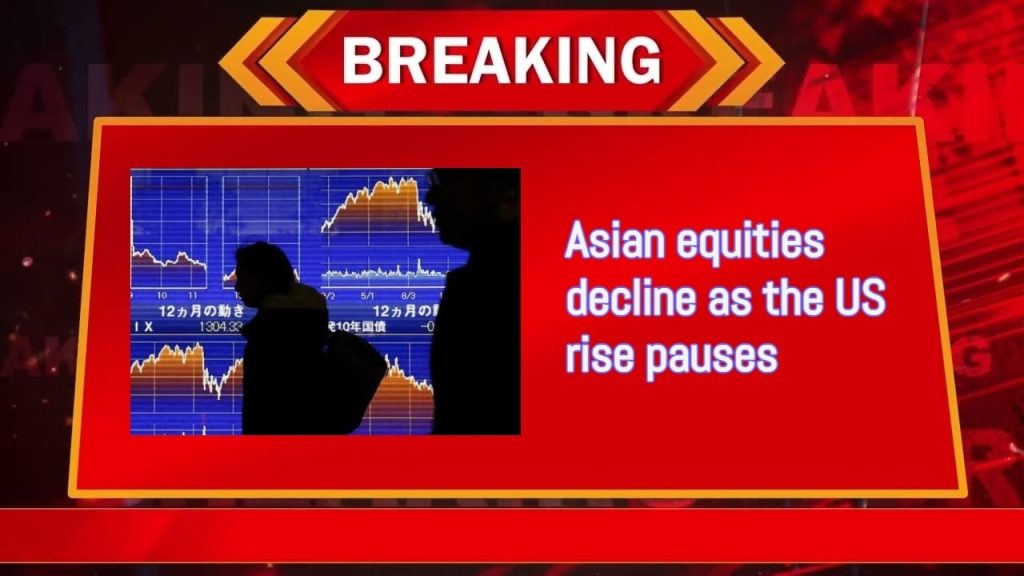Following an eight-day winning streak ending with a little decline in the US benchmark, shares dipped in South Korea, Japan, and Australia. Following Tuesday’s 4.1% loss in the Nasdaq Golden Dragon China Index, Chinese shares could see a decline.Walmart Inc. is looking to sell its interest in JD.com Inc., a Chinese e-commerce company, in order to raise up to $3.74 billion.
According to Chris Weston, head of research at Pepperstone Group Ltd., “positioning and liquidity dynamics will likely get the blame” because there was no actual news to propel the cross-asset flows. Overall, risk bulls will feel that today’s swings have grazed them, but since many have traded this move successfully, the wounds won’t be too serious.
Risk Associated with Political Upheavals
In addition to flows and positioning, the recent surge was also driven by expectations that the Federal Reserve would indicate that it is approaching rate cuts, which prompted bond traders to assume unprecedented levels of risk in anticipation of a Treasury market rally.
After falling for three days, the dollar steadied as investors awaited further hints about the size and timing of the interest-rate reductions from Jerome Powell’s speech in Jackson Hole on Friday and the US payroll revisions on Wednesday. At mid-March, the Bloomberg Dollar Spot Index had dropped by 0.1% to its lowest point.
In Asia, officials in Thailand and Indonesia are expected to hold onto interest rates unaltered on Wednesday as they assess the risks associated with political upheavals and await the Fed’s impending drop. Australian 10-year bond rates dropped five points.
As a result of the stronger yen hurting exporters, Japan’s stocks dropped. After rising on Tuesday, the yen has been stable at about 145 against the US dollar as traders await the Bank of Japan governor’s speech to the legislature on Friday.
As the nation examines a new funding option for local governments to sell bonds to buy unsold homes after a succession of rescue packages failed to support the market, Chinese property stocks are in the spotlight.
Bull Trap
Tuesday saw the S&P 500 drop below 5,600 as losses in megacaps were headed by Nvidia Corp., which had increased by about 25% in the previous six days. The yield on the 10-year Treasury note fell six basis points but then barely changed. As worries about the global economy and a possible cease-fire in Gaza increased, Brent crude fell for a third day.
According to Dan Wantrobski of Janney Montgomery Scott, he is still positive about the near-term performance of the stock market but is still on “high alert” for a second, possibly larger correction wave that might occur between August and October.
Wantrobski questioned, “So what happens when everything and everyone is teed up to be bullish?” From a timing standpoint, we believe that we are approaching a timeframe in which there is a significant likelihood of a liquidity event taking place, and that the charts, trader posture, and mood are all quite sensitive at this time. We sense a “bull trap” coming up. But let’s hope we’re not.
Saketh, an experienced cryptocurrency trader at ETMarkets live stream, provides tips for navigating the present volatility in the cryptocurrency market as global uncertainty continue to affect financial markets.
Recent market activity has demonstrated that cryptocurrencies frequently follow more general market patterns. This begs the question of their stability given the current state of the economy.

